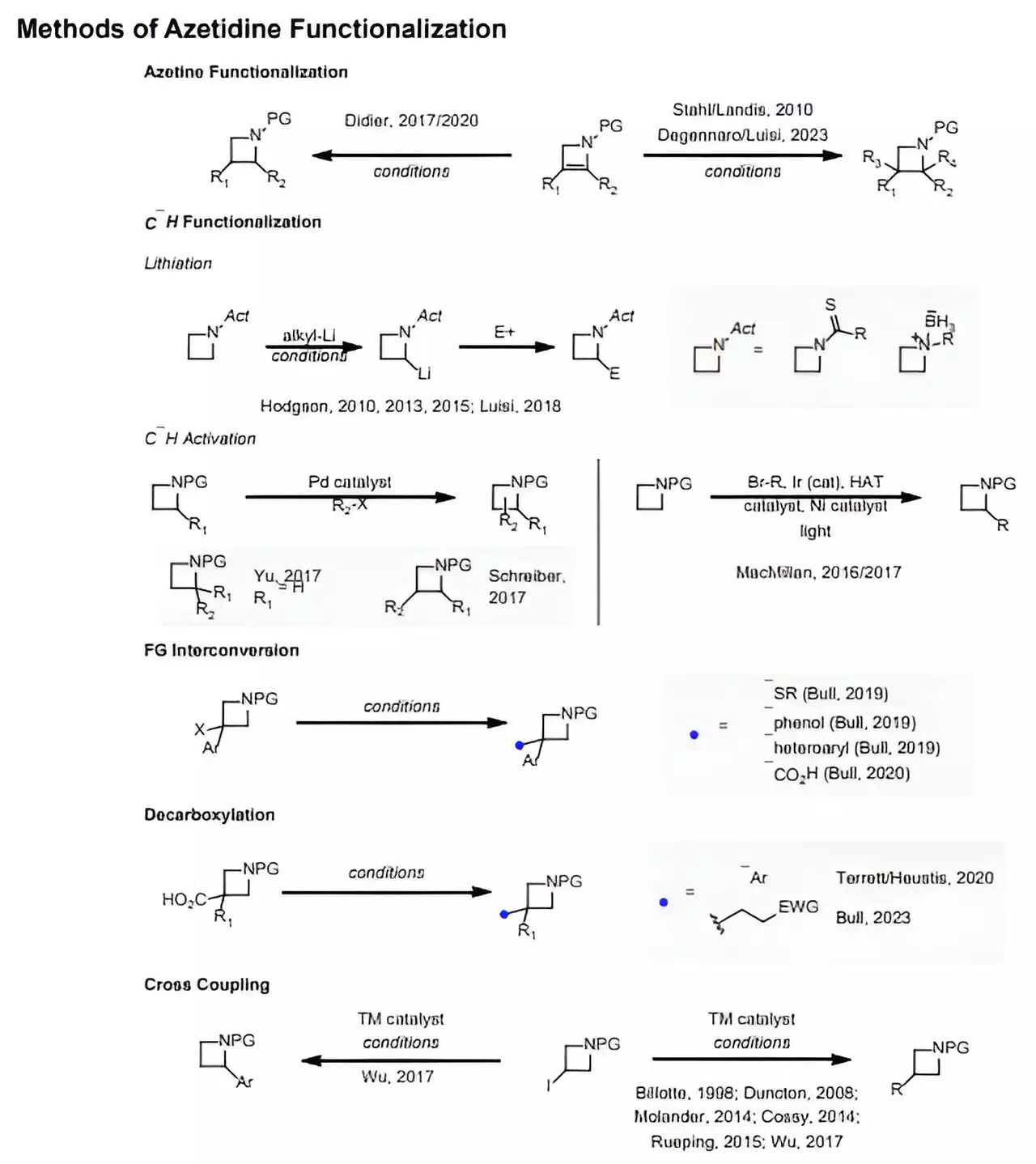The realm of pharmaceutical chemistry is defined by its complexities and nuances, and one of the most daunting challenges lie in the synthesis of compounds known as azetidines. Characterized by their unique four-membered nitrogen-containing rings, azetidines hold promising pharmaceutical properties but have traditionally been overshadowed by their five-membered counterparts, which populate a substantial number of FDA-approved drugs. Researchers from MIT and the University of Michigan have now unlocked a promising avenue to tackle this issue, suggesting that with the right techniques, the intricate synthesis of azetidines can become not only feasible but predictable.
Historically, azetidines have been sought after primarily due to their potential as drug candidates, yet their synthesis has been fraught with challenges. The complexity of their structure often necessitated elaborate trial-and-error methods, consuming significant resources and time without guaranteed results. This has markedly limited their use in drug formulation despite the known efficacy of azetidine-containing compounds in existing medications like penicillin.
Harnessing Light: The Role of Photocatalysts
The breakthrough presented by the collaborative efforts of Heather Kulik at MIT and Corinna Schindler from the University of Michigan introduces an innovative methodology that leverages the power of light in chemical reactions. The synthesis of azetidines through a photocatalytic process offers a captivating pivot from conventional techniques, invoking what can be seen as a renaissance for four-membered nitrogen heterocycles. By employing a photocatalyst to energize molecules from their ground state, the researchers have effectively provided a means to energize and stimulate chemical interactions that were previously difficult to invoke.
This photocatalytic process operates by absorbing light and subsequently transferring that energy to reactants, facilitating their reaction into azetidines. The promising aspect of delving into this method lies not just in its ability to induce reactions but also in its capacity for precision; it paves the way for more controlled, efficient syntheses, limiting the reliance on guesswork in the laboratory.
Computational Models: The New Frontier in Chemical Synthesis
Tying the practical aspects of photocatalysis with computational chemistry leads to an enormous leap in efficiency. Kulik and her team have developed sophisticated computational models to predict which combinations of reactants are capable of yielding successful azetidine syntheses. By analyzing frontier orbital energies, the researchers are able to preemptively gauge which reactants are most compatible, thereby transforming the educational and experimental landscape of synthetic chemistry.
The implications of this predictive capability are profound. Rather than subjecting researchers to rigorous cycles of experimentation, they can now make informed decisions about potential combinations of alkenes and oximes. This dramatically accelerates the trial process and reduces waste, as chemists can prioritize reactions that are predicted to succeed based on quantum mechanical principles.
Validating Predictions: Success in the Lab
The transition from theory to practice often acts as a litmus test for scientific progress, and in this case, the results have been encouraging. By testing 18 predicted reactions, the researchers confirmed a high rate of success, signaling that their computational model holds water. Among the synthesized compounds were derivatives of established FDA-approved drugs such as amoxapine and indomethacin, underscoring the potential therapeutic relevance of the newly formed azetidines.
What stands out is the efficacy of this integrative approach—combining photocatalysis and computational chemistry—offers opportunities for pharmaceutical companies to minimize costs associated with development. Instead of embarking on expensive synthesis strategies with uncertain outcomes, stakeholders can now allocate resources more judiciously, enhancing the likelihood of successful drug development.
Looking Ahead: Expanding the Horizons of Drug Discovery
The ramifications of this research extend beyond azetidines. With the burgeoning interest in utilizing photocatalysts for other forms of molecular synthesis, the collaborative efforts of Kulik and Schindler highlight an important shift in the methodologies employed in modern chemistry. This pioneering research signifies a progressive step forward in a field that has often struggled with the limitations of traditional synthetic pathways.
The future of drug synthesis is undeniably vibrant, characterized by advances that promise greater efficiency and accessibility. As researchers continue to refine these models and explore new avenues for synthesis, the pharmaceutical landscape may very well witness a transformation—not only in the range of drugs available but in the very fabric of how they are developed. It’s a thrilling prospect, indeed, as we stand on the brink of a new era in medicinal chemistry.

